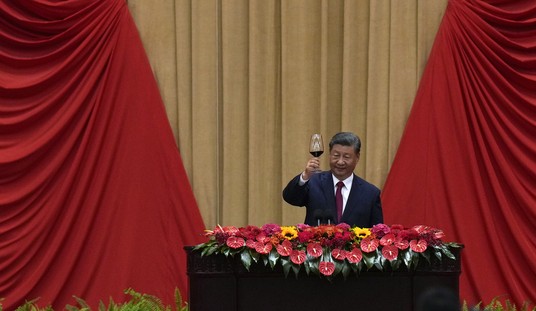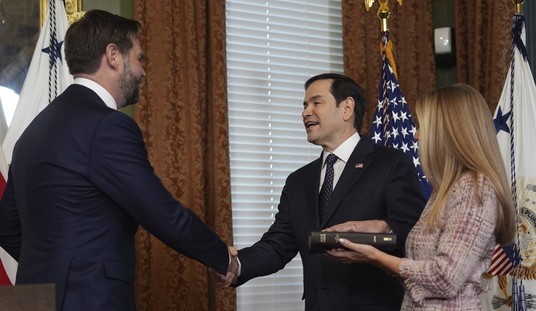Want to stop gun violence? Dare to dream of a gun-free America, progressives claim as they demand action to curtail access to firearms after the mass shooting in Oregon. Reason TV dared to dream of how to get to a gun-free America, and found that it’s as easy as these five steps. Except … it’s not that easy, and it’s going to make the situation much, much worse:
It’s amusing, of course, but I’d bet progressives can do this in fewer steps. All they need is three or four Supreme Court appointments, and at some point we’ll end up watching the discovery of a right to be safe from gun violence. The Second Amendment will suddenly only apply to militias, and confiscations will become all the rage, in one or more senses. That’s something to keep in mind when debating the nuances of the primary season, yes?
Meanwhile, Eugene Volokh points out that the homicide rate correlation in states with lower gun-control regulation not only doesn’t exist, it may actually lean the other way:
The correlation between the homicide rate and Brady score in all 51 jurisdictions is +.032 (on a scale of -1 to +1), which means that states with more gun restrictions on average have very slightly higher homicide rates, though the tendency is so small as to be essentially zero. (If you omit the fatal gun accident rates, then the correlation would be +.065, which would make the more gun-restricting states look slightly worse; but again, the correlation would be small enough to be essentially zero, given all the other possible sources of variation.) If we use the National Journal data (adding the columns for each state, counting 1 for each dark blue, which refers to broad restrictions, 0.5 for each light blue, which refers to medium restrictions, and 0 for each grey, which refers to no or light restrictions), the results are similar: +0.017 or +0.051 if one omits the fatal gun accident rates. …
Perhaps there are other confounding factors (such as demographics, economics, and so on). Perhaps even controlling for those factors, there will be other missing factors that are hard to control for — for instance, maybe as the crime rate increases, calls for gun controls increase, so high crime causes more gun restrictions, or maybe calls for more freedom to defend oneself increase, so high crime causes fewer gun restrictions (e.g., liberalized concealed-carry licensing rules). And of course when small changes in the model yield substantial changes in results (e.g., if you calculate the state gun scores differently, the results will likely be different), you know how little you should credit the output. Figuring out the actual effect of government actions, whether gun laws, changed policing rules, drug laws, or anything else, is devilishly difficult.
But since people have been talking about simple two-variable correlations between gun laws and crime, I thought it would be helpful to note this correlation — or, rather, absence of correlation.
Duly noted, but that won’t stop the demands for action in the face of tragedy. Let’s just be glad that our form of government is designed to force legislators to slow down and proceed carefully while forming larger consensuses. At least, it has until now, anyway. We’re about three steps from seeing that dissipate, too.








Join the conversation as a VIP Member